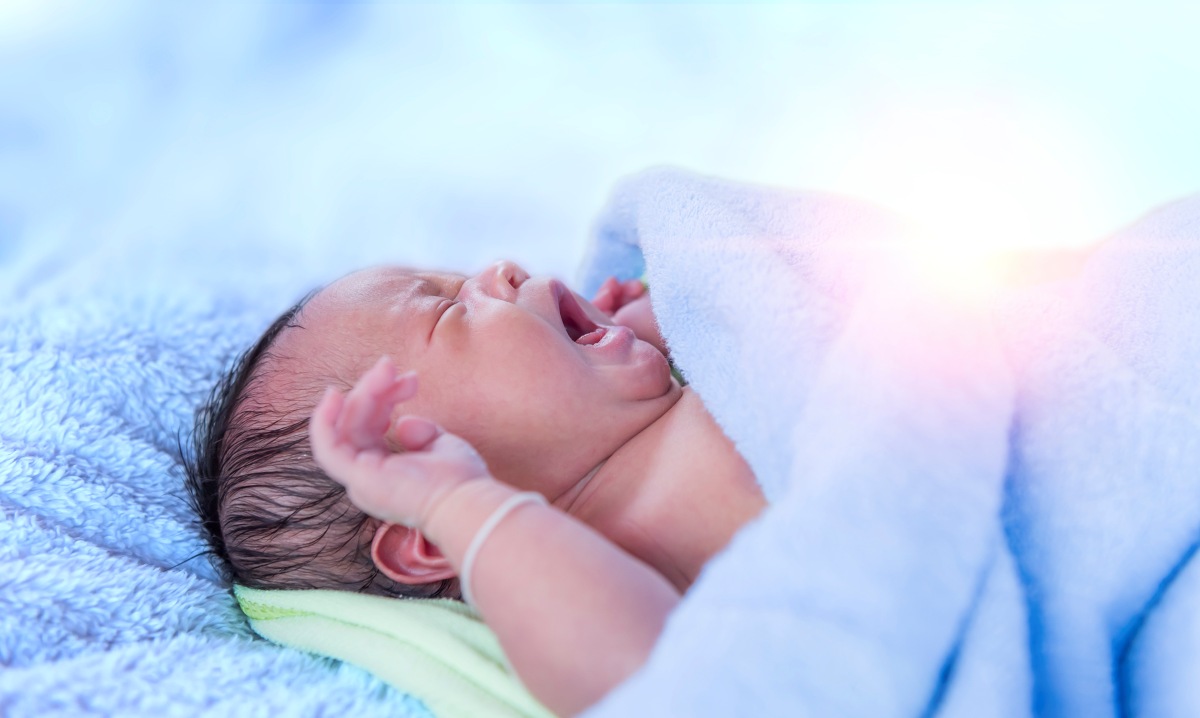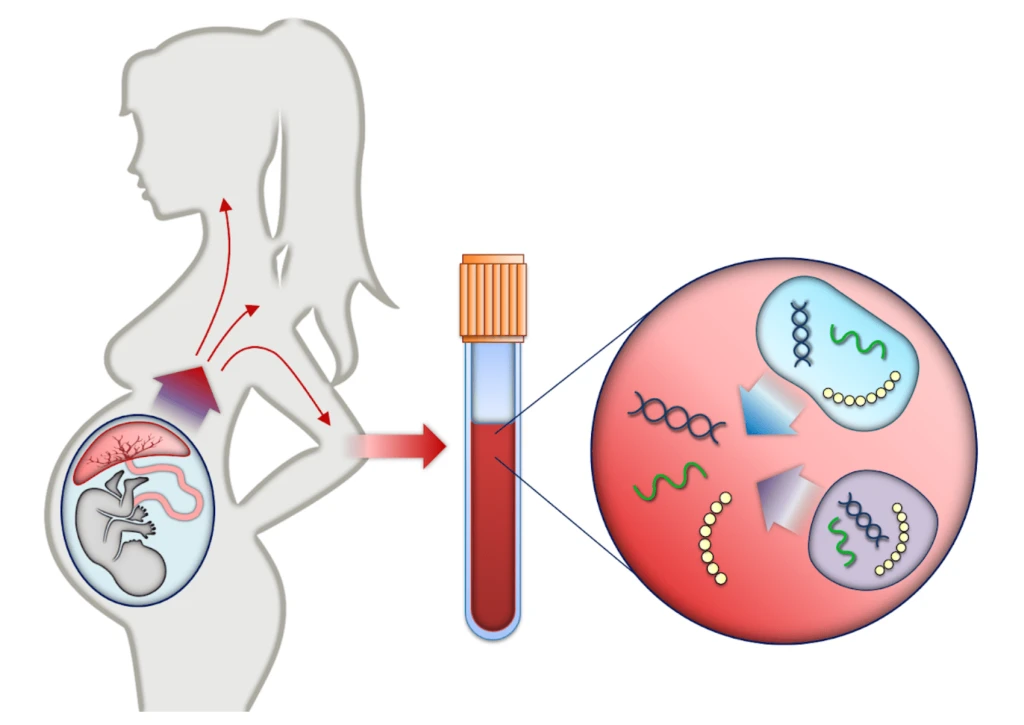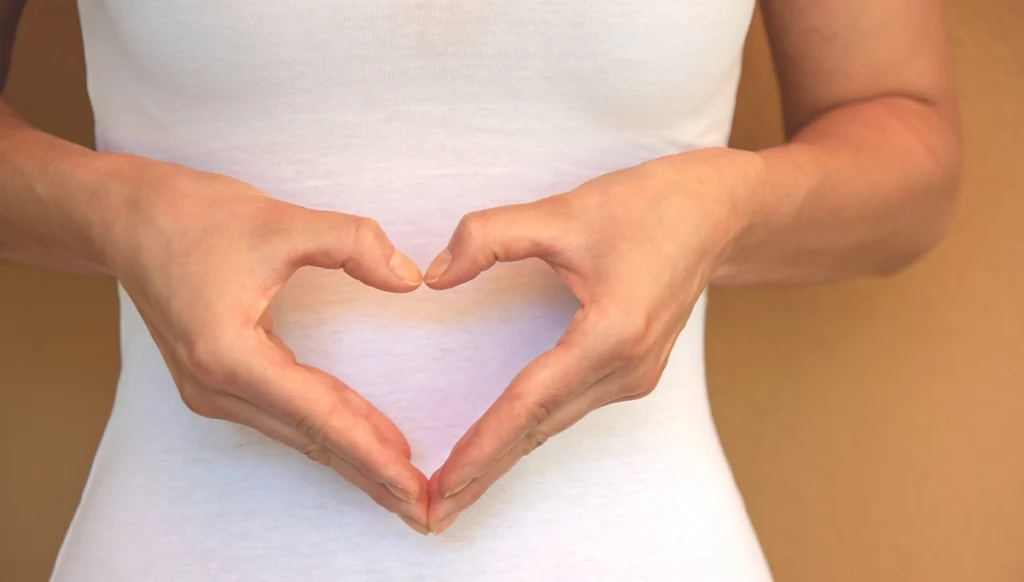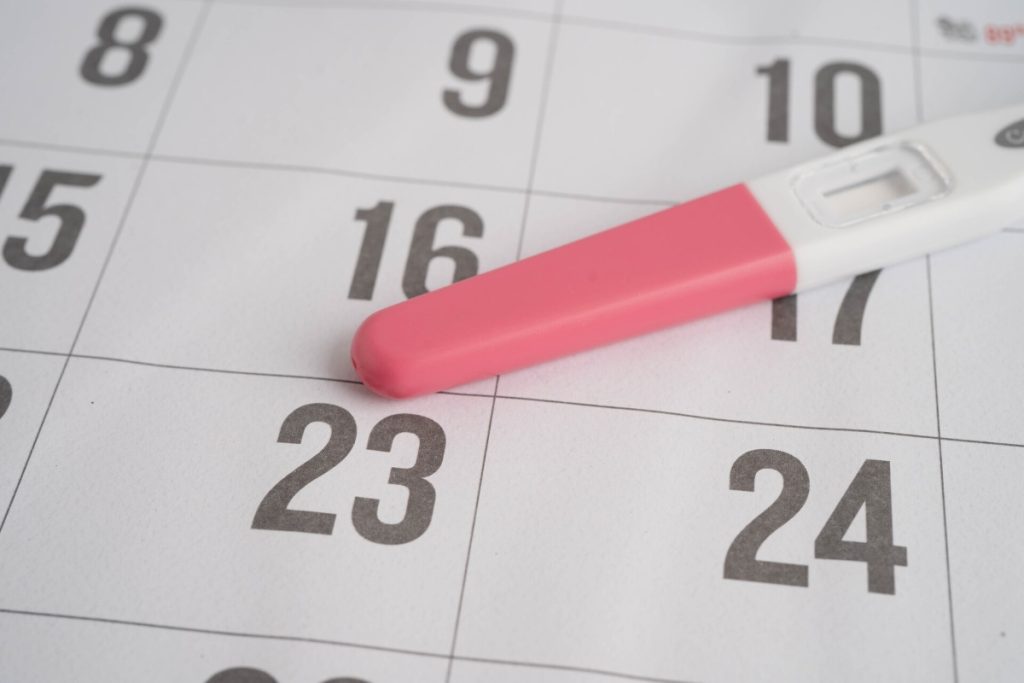When a newborn suddenly throws out their arms, opens their tiny hands, and then pulls everything back in as if startled, parents are often left wondering if something is wrong. This automatic reaction is called the Moro reflex, and while it can look dramatic, it is one of the many instinctive reflexes newborns are born with. Understanding what it is, why it happens, and when it disappears can make those early weeks feel far less unsettling.
What is the Moro reflex?
The Moro reflex is a primitive startle response present in all healthy newborns. When triggered, usually by a sudden movement, loud sound, or even a change in position, the baby reacts with a characteristic pattern: their arms fling outwards, hands open, and legs may stiffen; after a moment, they bring their arms back in and often let out a cry. This pattern is so consistent that doctors check for it during newborn examinations to ensure the nervous system is developing normally.
The reflex is an evolutionary survival mechanism. In earlier human history, if an infant felt themselves falling away from their mother, the automatic spreading and grasping motion increased the chance of re-establishing contact. Today, it serves as a vital indicator that a baby’s neurological pathways are intact and responsive.
Why does the Moro reflex happen?
The reflex originates in the central nervous system, specifically the brainstem, which controls many automatic processes. Unlike deliberate movements, the Moro reflex is entirely involuntary. It can be triggered by:
- A sudden loss of support, such as lowering a baby too quickly
- Loud or unexpected noises
- Bright lights or sudden changes in the environment
- Even a parent shifting position while holding the baby
In many cases, the reflex appears exaggerated because newborns lack muscle control. Their movements are jerky, their arms appear to flail, and their cries can be piercing. While this can be alarming, it is a normal and expected part of early development.
How long does the Moro reflex last?
Parents often ask: when does the Moro reflex go away? Typically, the reflex begins to fade after around three months and is usually gone by five to six months of age. As the brain matures and voluntary control of movement improves, the startle response becomes less pronounced. By this stage, babies develop more purposeful movements such as reaching and grasping, which gradually replace the reflexive pattern.
If the reflex persists beyond six months, or if it disappears unusually early, this can sometimes indicate an underlying issue with the nervous system or muscle development. In such cases, it’s important to seek medical advice and, if needed, book a paediatrician appointment in London to discuss further assessment.
What parents should expect

For many families, the Moro reflex is most noticeable at night. Babies may startle in their sleep, their arms suddenly jerking outward, which can wake them abruptly. This is one reason why newborn sleep is often light and fragmented. Swaddling, when done safely and with the hips free, can reduce the intensity of the reflex by keeping the arms gently contained; however, swaddling should always be discontinued once a baby shows signs of rolling, as this introduces a suffocation risk.
During the day, the reflex can also be triggered during routine handling, such as transferring a baby from one person to another. While it can feel unsettling to watch, remember that the reaction itself is not harmful. Over time, you’ll learn to anticipate what might set it off, moving more slowly or supporting your baby’s head and neck with extra steadiness.
Why the reflex matters medically
The Moro reflex is more than just a curious quirk of early life. It has significant diagnostic value. Doctors use it during postnatal checks for newborns to evaluate neurological health. A strong, symmetrical response in both arms is reassuring. An absent or uneven reflex, however, may suggest issues such as nerve injury, birth trauma, or in rare cases, problems with the brain or spinal cord.
This is why routine examinations are so crucial in the first weeks of life. Parents might not recognise subtle differences, but trained clinicians know exactly what to look for. If concerns arise, early detection allows for prompt referral and intervention.
When to seek advice
Although the Moro reflex is a normal stage of development, there are situations where parents should not dismiss their concerns. These include:
- If the reflex is consistently absent on one side of the body
- If the reflex never appears at all in the newborn period
- If it remains exaggerated or continues well beyond six months
- If it occurs alongside other worrying signs such as poor feeding, low muscle tone, or developmental delays
In such cases, arranging a consultation is the safest course of action. Healthcare professionals can provide reassurance where all is well or begin further investigations if necessary.
Supporting your baby during this stage
Living with the Moro reflex is, for most families, a short chapter in the early months. Simple strategies can make it easier to manage. Holding your baby close and securely when moving them, avoiding abrupt position changes, and using white noise to soften sudden sounds can all help reduce unnecessary startling. As your baby grows, their improved muscle control and neurological maturity naturally diminish the reflex, making sleep and daily handling smoother.
Final thoughts
The Moro reflex in babies is a normal, expected part of newborn development. Although it can appear dramatic, it signals a healthy, functioning nervous system. For most infants, it fades naturally within the first half-year of life, giving way to more controlled and purposeful movements. What matters most for parents is awareness: understanding the reflex, recognising when it should fade, and knowing when to seek advice if things seem unusual. With this knowledge, you can approach those sudden startles with calm and confidence, secure in the fact that they are simply part of your baby’s earliest milestones.








